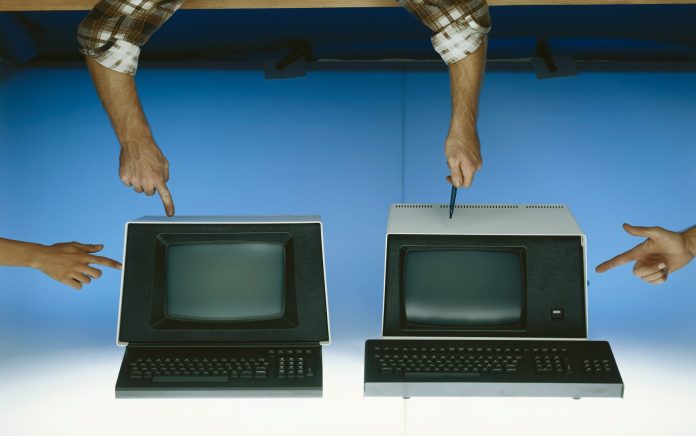Container handling is the logistical backbone of containerisation, a complex and dynamic process that has revolutionised international trade. This process goes beyond ordinary transportation; it is the best technology, strategy, and economy at work.
Comprehensive Methods of Container Handling
Primary Handling Equipment
Critical techniques, in conjunction with various items of equipment, define modern container handling.
- Container tippers are specialised equipment for effectively unloading bulk material by container tilting.
- It is ideal in industries dealing with grains, coal, and other loose materials.
- Enhances operational efficiency in bulk cargo management by complementing conventional handling systems.
- Cranes that drag vessels ashore for port operations
- Rubber-tyred Gantry cranes for terminal operations
- Specialised designs for various weights and sizes of containers
- Equipment can be adapted for usage within working areas in terminals and warehouses.
- Essential in confined areas where a high degree of manoeuvrability is required.
- Different capacities for different weights of containers can handle these.
- Intended to pick up and move containers short distances.
- Essential to efficient terminal operations
- Allows flexibility in storage as well as transportation of containers.
- Great flexibility in container lifting and stacking.
- Reach stackers can handle containers at more than one level; this feature makes them particularly helpful in intermodal terminals.
Technology Behind Modern Container Handling Innovations
The Future of Automated Handling Systems
Behind every automated port is a human story of ingenuity and tenacity. What in yesteryears was ‘elbow grease’ has now turned into a harmonious blend of technological precision and human genius. These systems are much grander than simple machinery; each system represents the aspirations woven through generations of port workers.
The modern port is a hi-tech environment; automation does the talking. In effect, much of the actual workforce has been replaced by precisely designed systems capable of:
These days, automated stacking cranes, guided vehicles, and robotic systems—which represent the combined knowledge of innumerable human innovators—complete intricate logistical tasks with remarkable speed and accuracy.
Economic and Global Trade Provisions
In the present day, container operation technology in port infrastructure is a transformational operational component from an economic perspective. Trade costs can be reduced by up to 15% through logistics and container handling enhancements, providing benefits to the economy in and out of various industries, as estimated by the World Bank forecasts.
Safety and Environmental Factors
However, with time and technology, containerisation has become safer at the workplace and towards the environment. Safety and environmental protection have always been the key points.
New Safety Procedures
Environmental Protection
Future Predictions of Technology
Fully Automated Port Operations
Imagine ports at which robots and AI-driven systems would load, unload, and sort containers without human intervention. This would involve:
Artificial Intelligence-Driven Logistics
AI will revolutionise logistics by:
Blockchain-Enabled Transparent Tracking
Blockchain technology is expected to transform container tracking in the following ways entirely:
Advanced Predictive Maintenance Systems
These systems will:
Global Influence and Interdependence
From a localised logistical function, container handling has evolved into a worldwide network that links markets, economies, and cultures. Each container is more than simply a metal box; it is a means of facilitating global trade, transporting not just commodities but also chances for business and social contact.
In Conclusion
Today’s automated handling systems are a marvel of human ingenuity—the ideal fusion of technological mastery and human imagination. They signify the most exciting development in human labour, not its demise. Humans and robots work harmoniously in the evolving global logistics landscape, combining innovation with efficiency to redefine progress.



 Bitcoin
Bitcoin  Ethereum
Ethereum  Tether
Tether  XRP
XRP  Solana
Solana  USDC
USDC  Cardano
Cardano  TRON
TRON  Lido Staked Ether
Lido Staked Ether  Avalanche
Avalanche  Toncoin
Toncoin